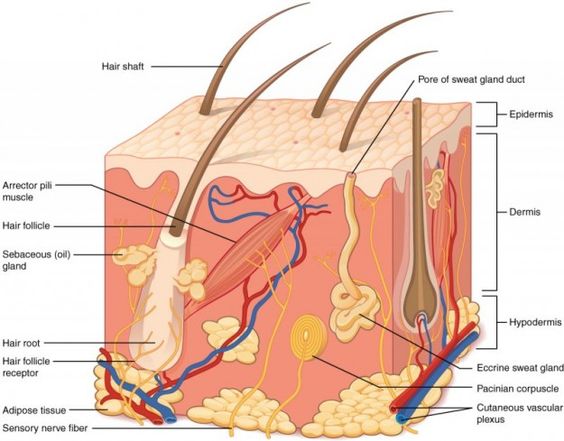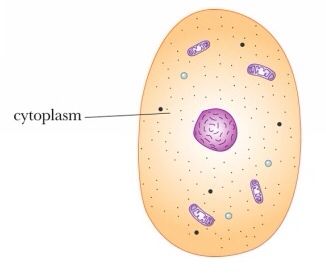Understanding the structure and function of the skin is fundamental for medical students and professionals. The skin, being the largest organ of the body, plays a crucial role in protection, regulation, and sensation.
Functions of Normal Skin
- Mechanical Barrier: Protects underlying tissues from mechanical injury.
- Chemical Barrier: Shields against chemical substances.
- Fluid Loss Prevention: Minimizes water loss through overlapping cells and intercellular lipids.
- Defense Against Micro-Organisms: Acts as the first line of defense against pathogens.
- Immunological Barrier: Hosts immune cells that detect and fight off infections.
- Endocrine Organ: Produces Vitamin D under UV exposure, crucial for calcium homeostasis.
- Thermoregulation: Manages body temperature through blood flow adjustments.
- Sensory Organ: Contains receptors for touch, pain, and temperature.
Basic Structure of Normal Skin The skin consists of three primary layers:
- Epidermis: The outermost layer composed mainly of keratinocytes.
- Dermis: The middle layer that contains connective tissue, blood vessels, and nerves.
- Hypodermis: The deepest layer consisting of adipose tissue that insulates and stores energy.
Conclusion A thorough understanding of skin structure and function is essential for diagnosing and treating dermatological conditions.



























